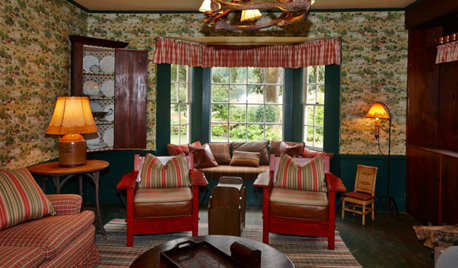Sunday Trivia
midnightsmum (Z4, ON)
12 years ago
Related Stories

ENTERTAININGHow to Host a Tea Party at Home
Many people are reacquainting themselves with the gracious British ritual, steeped in tradition, that is perfect for an outdoor gathering
Full Story
ENTERTAINING8 Stress-Busting Tips for Hosting Small Gatherings
Make entertaining easy with these ideas for casual get-togethers
Full Story
MOST POPULARHouzz TV: Fred MacMurray’s Enduring Farmhouse Retreat
One of the most beloved actors of the 20th century traded fame for farm implements on this California ranch. His daughter shows us around
Full Story
Sponsored






cyn427 (z. 7, N. VA)
aftermidnight Zone7b B.C. Canada
Related Professionals
Arlington Landscape Architects & Landscape Designers · Deer Park Landscape Architects & Landscape Designers · Ferndale Landscape Architects & Landscape Designers · Aloha Landscape Contractors · Cincinnati Landscape Contractors · Dixon Landscape Contractors · Middletown Landscape Contractors · South Lyon Landscape Contractors · West Chester Landscape Contractors · Woodbury Landscape Contractors · Ferguson Landscape Contractors · Boise Roofing & Gutters · Nashville Roofing & Gutters · Rome Roofing & Gutters · Clarksville Roofing & Guttersmidnightsmum (Z4, ON)Original Author
cyn427 (z. 7, N. VA)
midnightsmum (Z4, ON)Original Author
aftermidnight Zone7b B.C. Canada
midnightsmum (Z4, ON)Original Author
mnwsgal
aftermidnight Zone7b B.C. Canada
cyn427 (z. 7, N. VA)
midnightsmum (Z4, ON)Original Author
cyn427 (z. 7, N. VA)
midnightsmum (Z4, ON)Original Author
cyn427 (z. 7, N. VA)
thinman
cyn427 (z. 7, N. VA)